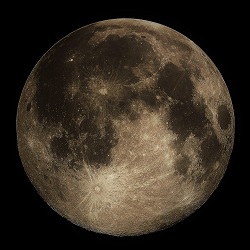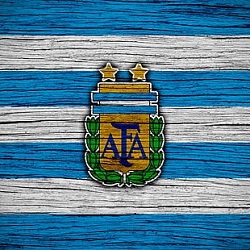THE SOLAR SYSTEM-MOON
The other celestial bodies that are present in our solar system are Satellites, Asteroids, Comets and Meteors.
- SATELLITES– The satellites are the celestial bodies which revolve around their respective planets and around the sun too in an elliptical path called the orbit. Like planets, satellites also do not have their own light but they shine and reflect the light of the sun. Moon is the natural satellite of the earth.
TYPES OF MOON
- SUPER MOON– When the moon is at the minimum distance to the earth it is called a Super Moon.
- BLUE MOON– In a calendar month when there are two full moons. Then the second moon is termed as Blue Moon.
- BLOOD MOON– When four lunar eclipses occurred in a row.
- ASTEROIDS– The asteroids are the celestial bodies found in a belt between Mars and Jupiter. The disintegration of the planet resulted in the formation of the asteroids. Their size varies it may be few meters to hundreds of kilometres in diameter. They too revolve around the sun and the estimated number of them is around 40,000.
- COMETS– The comets are the most striking junior member of our solar system. They are composed of ice, dust and gases. It has a coma shaped head, a central condense body and a long tail. They go around the sun in irregular orbits and when coming close to the sun they start glowing with a bright tail always pointing away from the sun.
TYPES OF COMETS
- PERIODICAL COMETS– The periodical comet has a definite orbit around the sun and seen at regular intervals. Their diameter is between a few hundred meters to a hundred kilometres.
- NON–PERIODICAL COMETS– They appear for a short period of time and then disappears.
- HALLEY COMET– Halley Comet is named after its discoverer, Edmund Halley, a royal astronomer of England. It is an example of a periodical comet. It appears in an interval of 76 years. it appeared in 1910 than in 1986 next will be in 2062.
METEORS AND METEORITES– Meteors are the pieces of stony or metallic rocks. Their size varies it may be as small as sand grains and to the size of a boulder. Once entered the earth’s atmosphere, they move with very high speed under the influence of the earth’s gravity. Due to friction in the atmosphere causes haet which burns them out. The meteor of boulder size falls on the earth’s surface is called as Meteorites.






